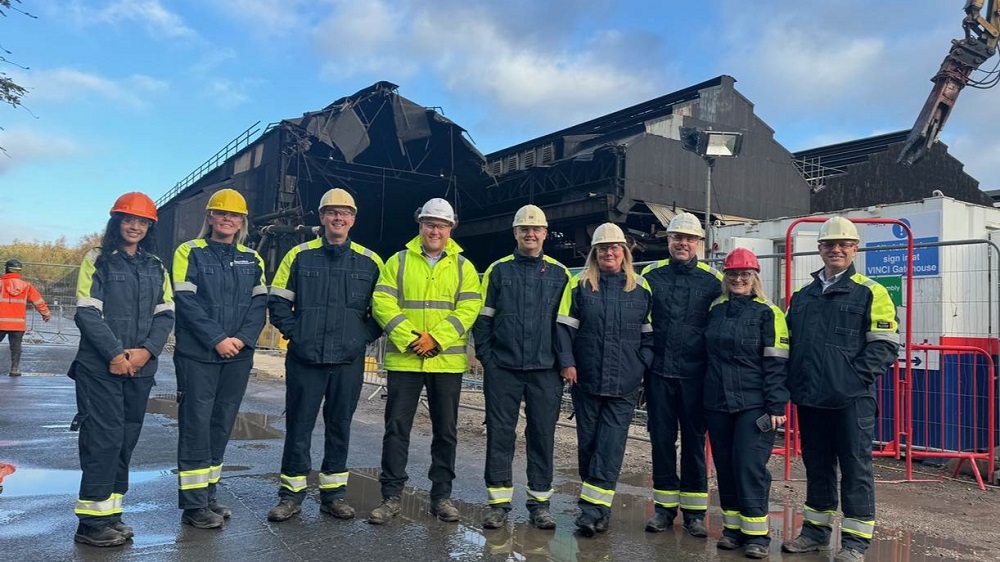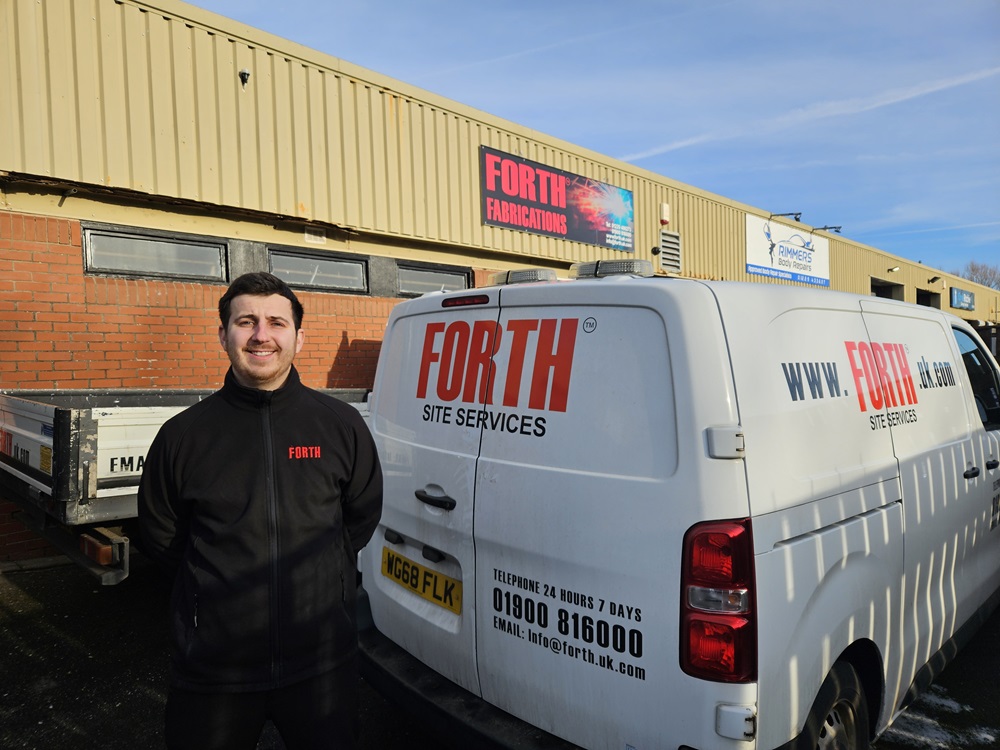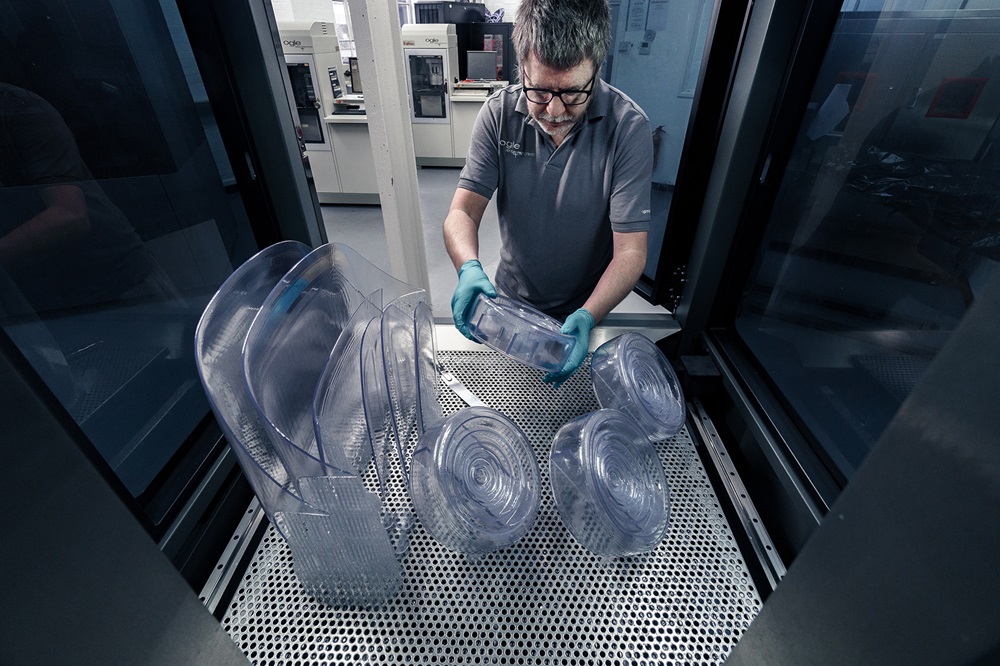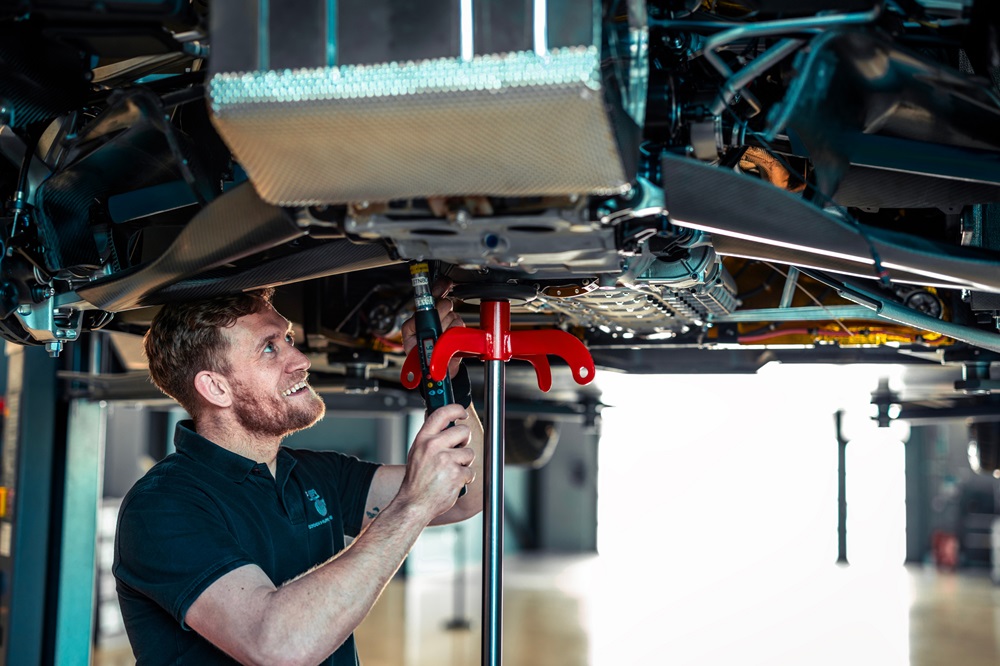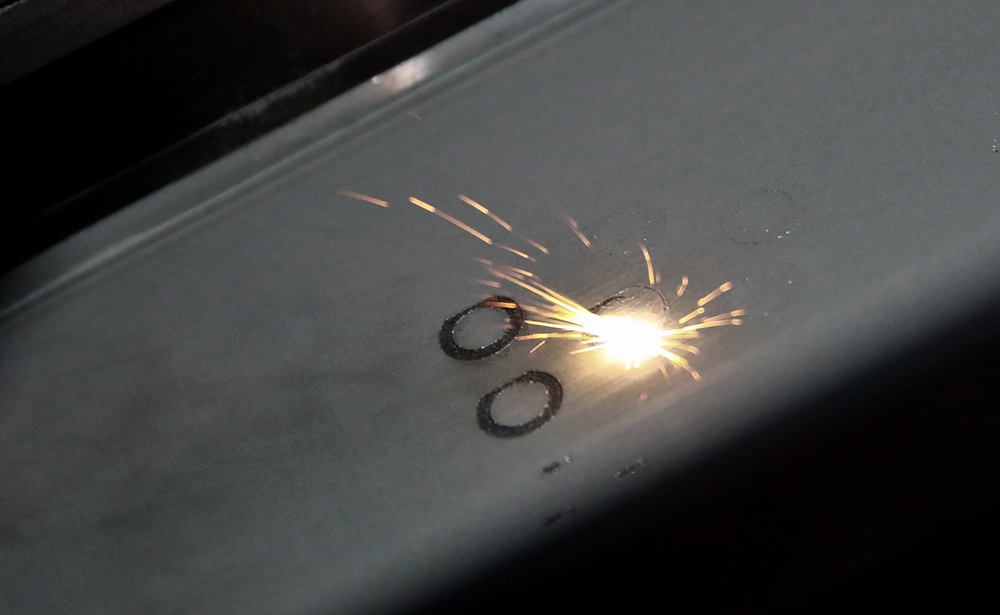Phase two of a demolition project has started at Sheffield Forgemasters to make way for the
UK’s largest open-die forging line. Unused buildings on the Sheffield Forgemasters site,
north of Brightside Lane, are being removed as the second phase of work gets underway to
create space for a new 13,000 tonne heavy forge and its 12,700 sq m housing. Victorian-era
forge and foundry buildings will make way for the new facility, creating one of the most
efficient open-die forging operations in Europe and the largest in the UK. The demolition will
eventually expose the whole footprint of the new facility, which will dominate the skyline.
For further information www.bit.ly/3Ubjxyq






